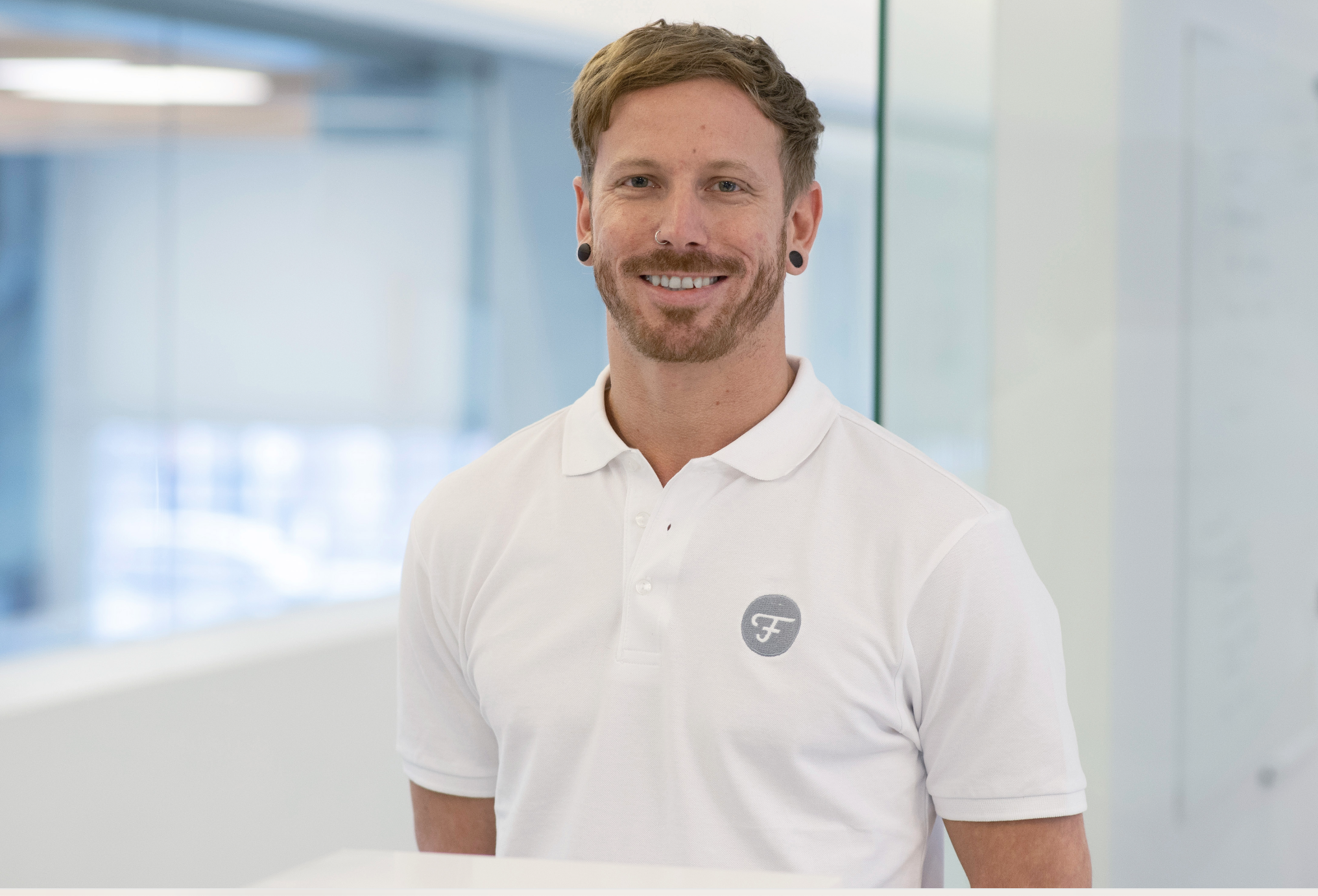
AN INTERVIEW WITH ALEX EMATINGER MEET OUR HEAD OF ELECTRICAL ENGINEERING DEPARTMENT.
How exactly do your tasks differ from model to model? What do you have to do, especially with big boats?
Our department’s tasks are diverse and many. This is especially because we have a wide variety of boat models. The range extends from small 6-metre electric boats to 14-metre motor boats. Of course, they each require different facilities and approaches. The bigger the boats get, the more equipment we fit. Not to mention the wide variety of requests for special fittings. This goes from refrigerators and sound systems to air conditioning, generators and grills.
We have two divisions: fittings on the boats themselves and parts production in the workshop. This involves, for example, the production of various cable harnesses, technical panels and control boxes, which are gradually assembled.
What does a typical working day look like for you?
We start with a brief meeting in the morning. Everyone in my team is assigned to a boat for which he or she is responsible. We discuss the current status of the projects and what challenges we might face. Then everyone heads off to work on their boats or does their prep work in the workshop. We always meet up regularly as we work, so that I can support my colleagues at all times.
What special skills does your team bring to the table?
In a place like ours, where every boat is unique, you need to be able to work independently, and you need perfect organisation and a good overview of the project. You learn these skills very quickly with us. The opportunity to work independently is also what my colleagues in my department value most. They can organise their work freely and flexibly. The only stipulation when working with the boat builders is the completion date. I can rely on them to meet this deadline. Of course, they know that they can come to me at any time with questions – ideally sooner rather than later.
You also train apprentices. What does this mean in practical terms?
Yes, we train apprentices in the main module of “systems and operating technology”. We currently have three apprentices. The apprenticeship lasts 3.5 years and the vocational school is in Gmunden (Upper Austria). At the company, we start their training on smaller electric boats because they are more manageable. Here, the basics – the basic structure and modes of operation – are easier to explain. Step by step, we then introduce our trainees to larger and more demanding boats. Due to the different systems and requirements, it is often a case of learning by doing.
What is the biggest challenge?
Clearly delivering high quality – and maintaining that. We operate in a segment where high quality has to be the standard and where we have to surpass ourselves again and again. This applies not only to the external appearance of our boats.
What makes electrical engineering work in the ship- yard special?
Definitely the variety of work. Boatbuilding itself is a rather exotic profession today, especially here in Austria, and so is electrical engineering in boatbuilding. Hardly anyone would be able to imagine the everyday life of an electrical engineer in boatbuilding. It’s a separate field in its own right and hardly comparable to any related electrical professions. Especially with boats, it’s fascinating to be able to follow the develop- ment process from the shell to the finished boat. We work on it from beginning to end. This means that at the end of the day I can see what a unique boat I’ve created together with my colleagues from boatbuilding and electrical engineering.
The internal systems – the technology – must also be up to date. A perfectly functioning, continuously developed and properly installed system is a prerequisite for this. We’re always developing our systems further. Firstly, so that we ourselves improve, and secondly, so that we can make the experience unique for our customers. This demand for perfection and progress is not always easy to satisfy and constantly presents us with new challenges.




